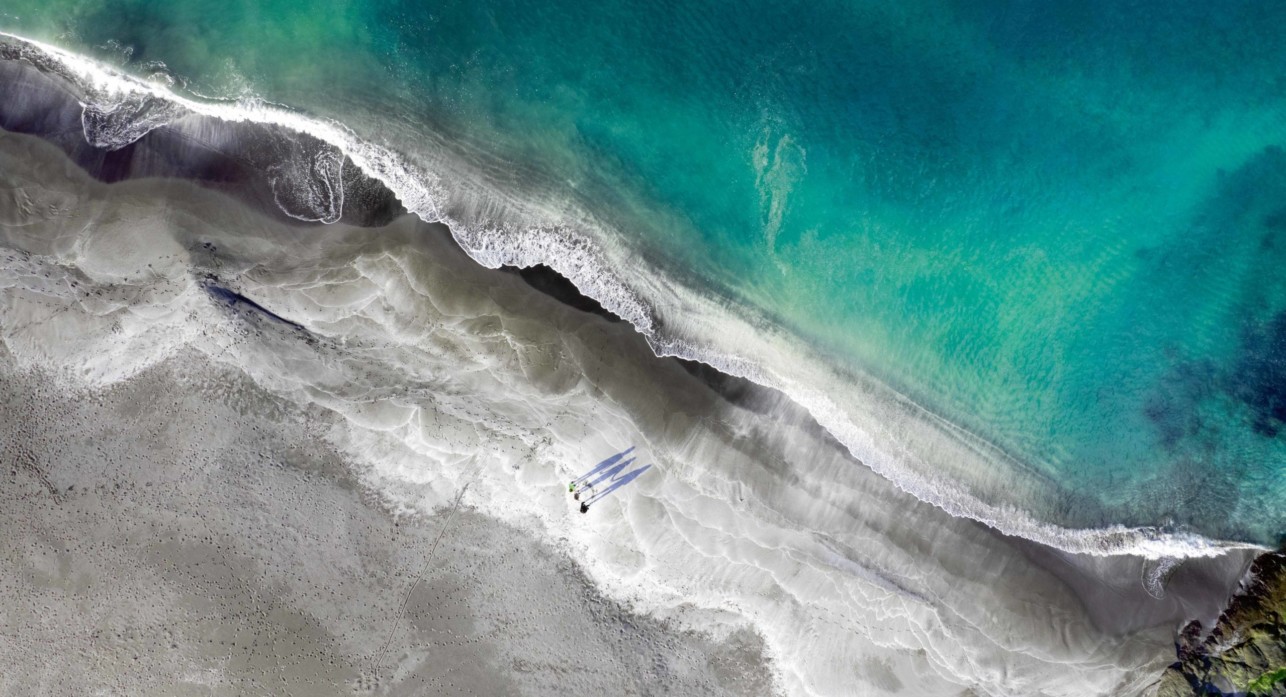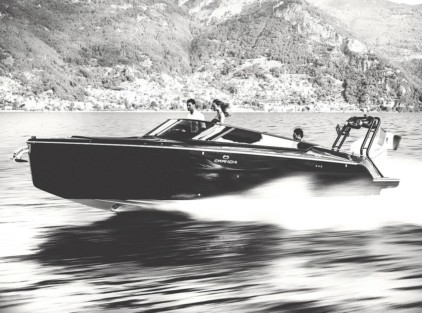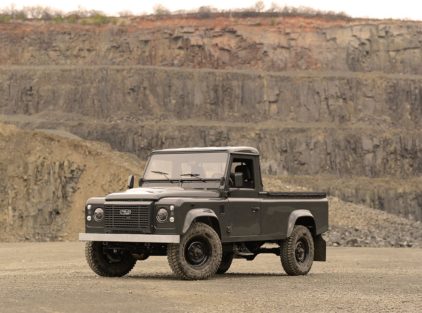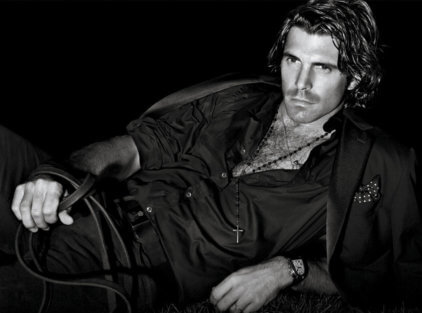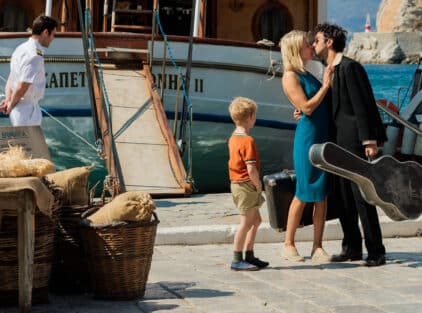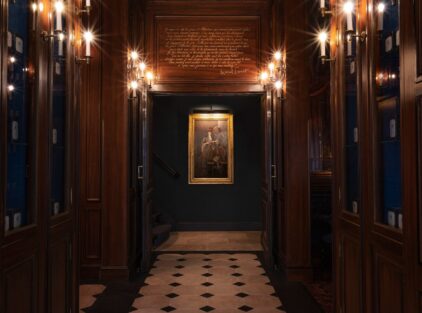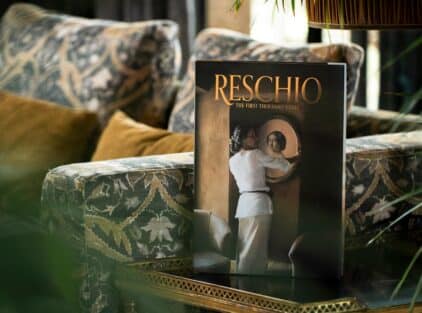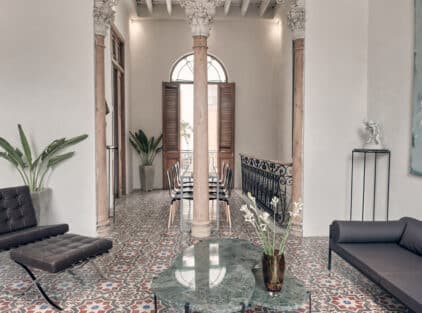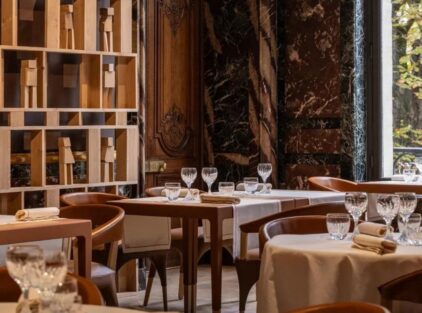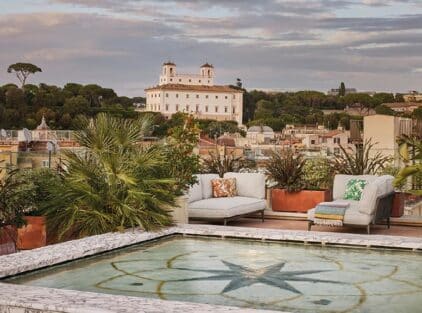Images of steep, misty cliffs, narrow fjords and green valleys that become one with the sea, composing a natural landscape of wild beauty, are brought to us with her lens by Marina Vernikou from the Faroe Islands in the North Atlantic.
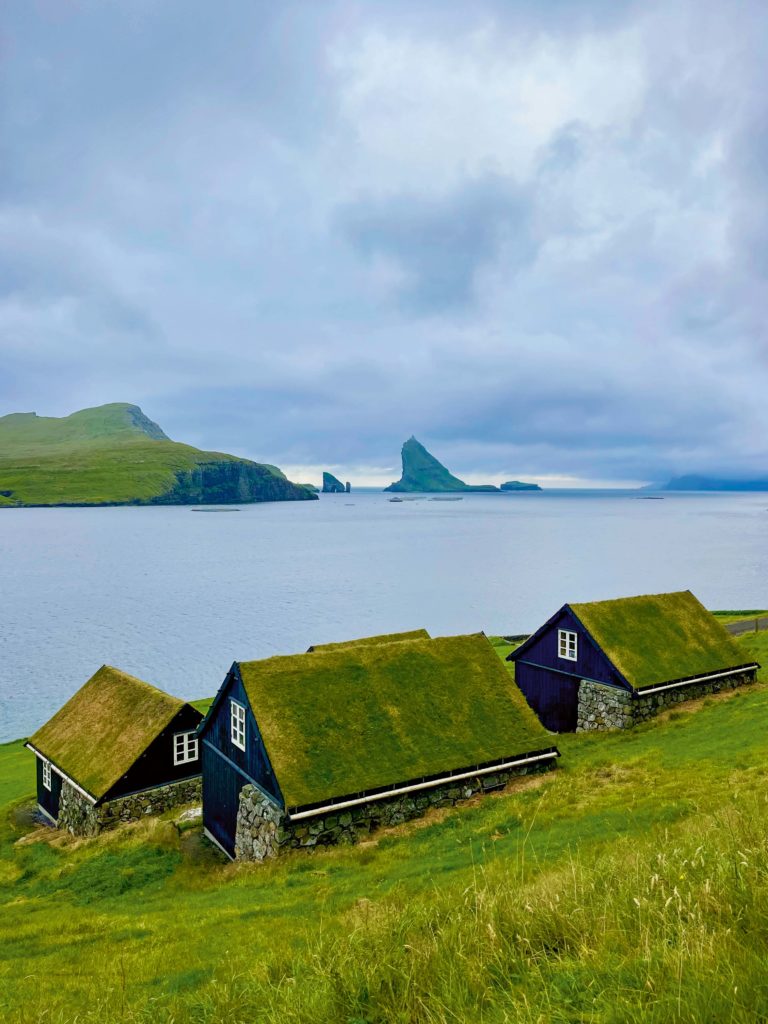
Between Norway and Iceland, the archipelago of 18 volcanic islands seems untouched by time and human intervention. This archipelago, south of the Arctic Circle, would normally be a land of polar bears and permafrost, but its position relative to the Gulf Stream means that the mercury rarely drops below zero and rarely rises above 11 degrees Celsius. It rains 260 days of the year and the capital Torshavn seems permanently shrouded in fog. The island group is connected by road tunnels, ferries, roads and bridges. Hikers and birdwatchers are attracted to the mountains, valleys and steep coastal cliffs, which are home to thousands of seabirds.
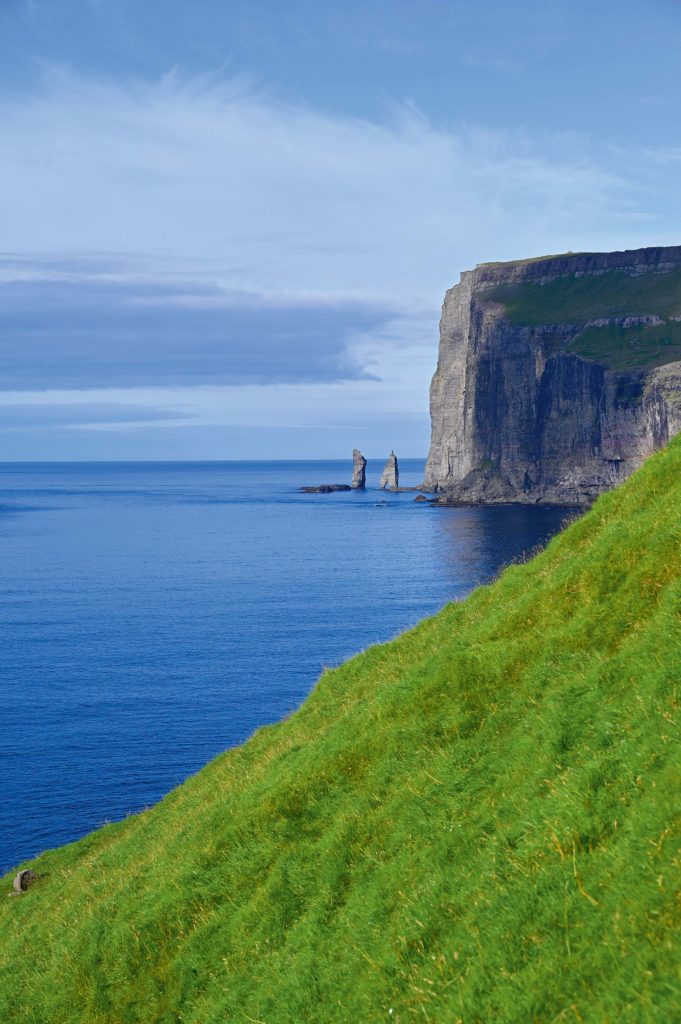
Their inhabitants, keeping alive the medieval Scandinavian language, tell stories of fishermen, Scandinavian legends and legends of monks, with great pride in their historical heritage and their Viking roots. From the windswept, vertical rocky slopes to the inner cities, sheep graze freely.
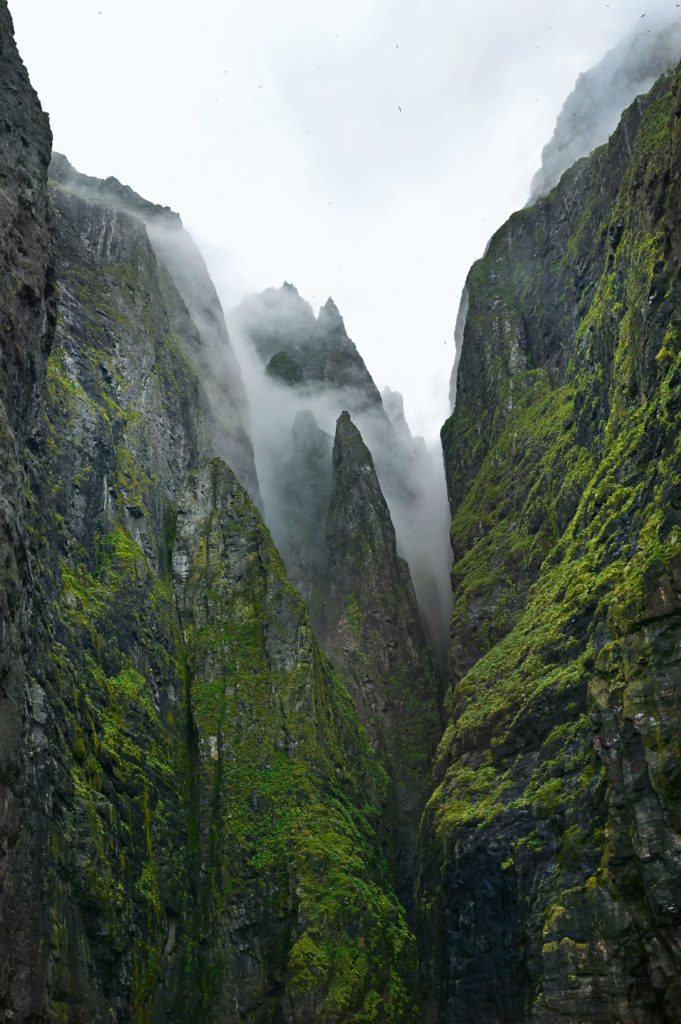
In fact, the name Faroe in the local language means “sheep”. Their population is three times that of the inhabitants, who are about 50,000. Most of them are engaged in fishing or sheep farming. The Faroe Islands are like a diverse mosaic: with visual contrasts, rugged, misty landscapes, peaceful people living in nature and the Atlantic Ocean surrounding them on all sides. They are 3,382.34 km from Athens.
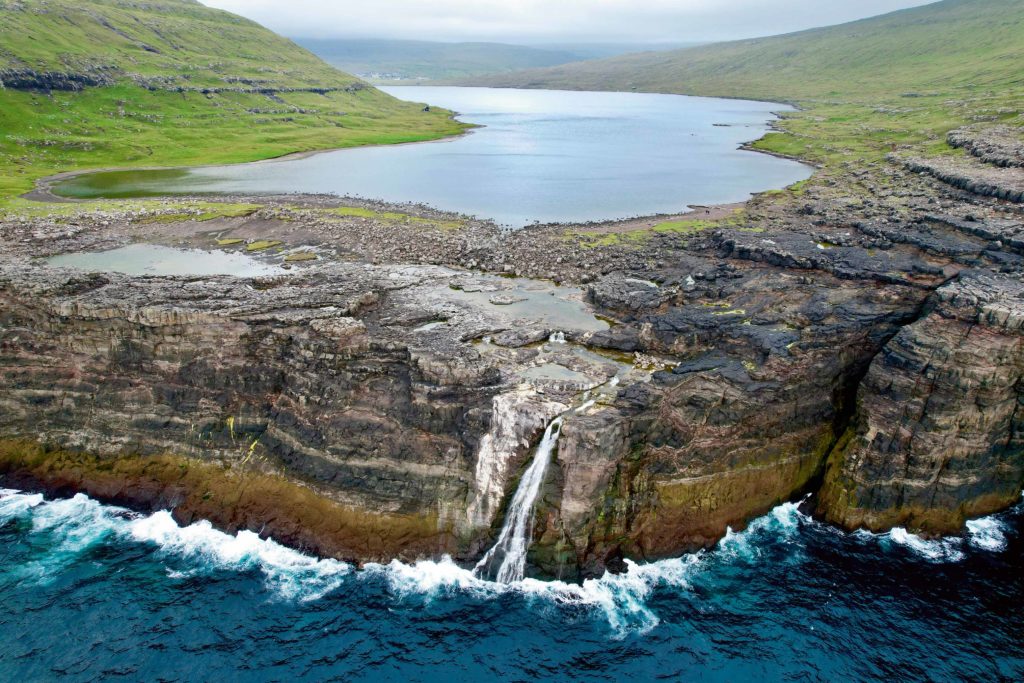
But the picturesque scenery of the islands was marred by an act of barbarity. The recent public slaughter of a thousand or more dolphins by local fishermen, who were photographed in the blood-red sea, caused a global outcry and discredited the islands. We at MANCODE marvel at the rare beauty of the place. But we feel disgust at the killing of the dolphins and this unacceptable “custom”.
Photos by Marina Vernicou
